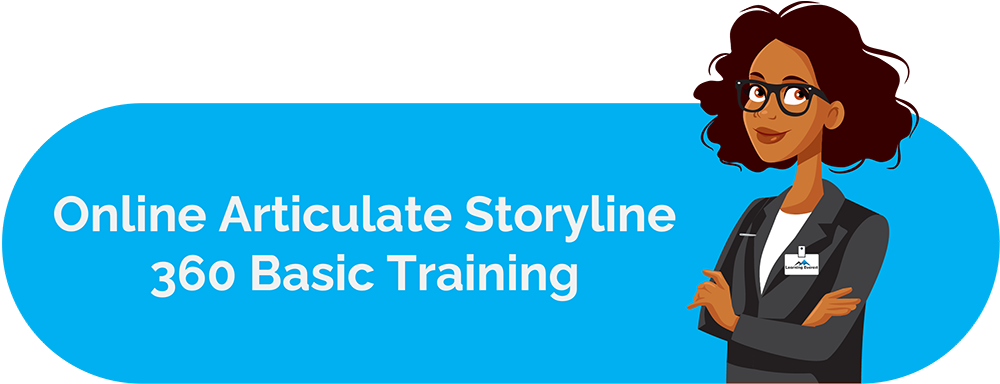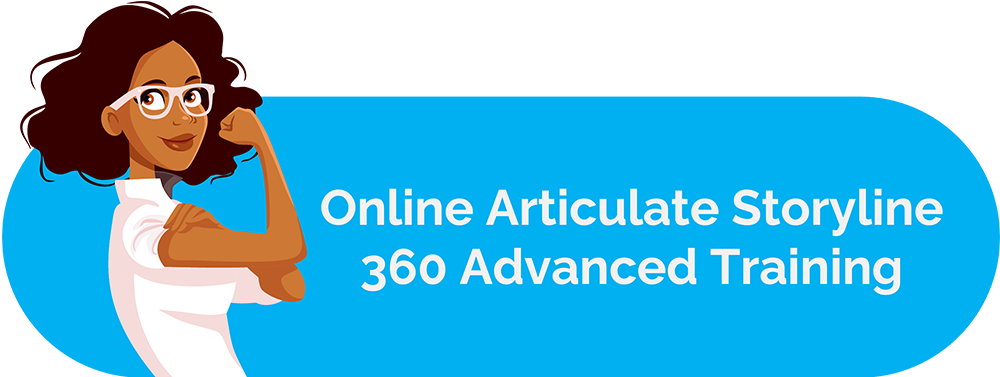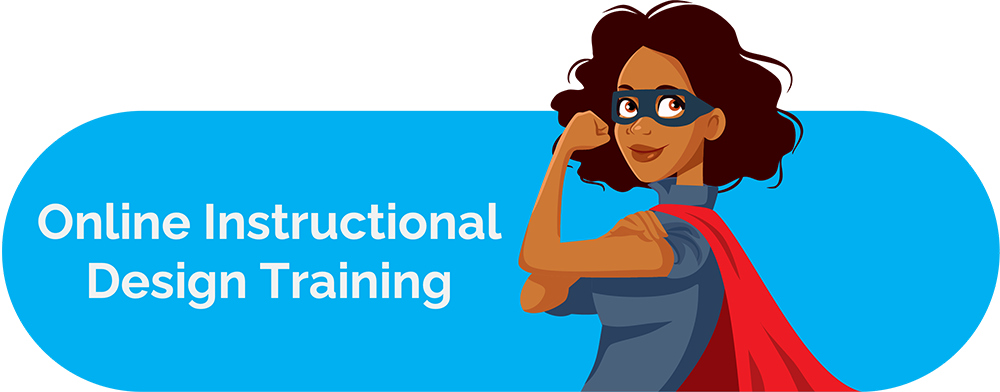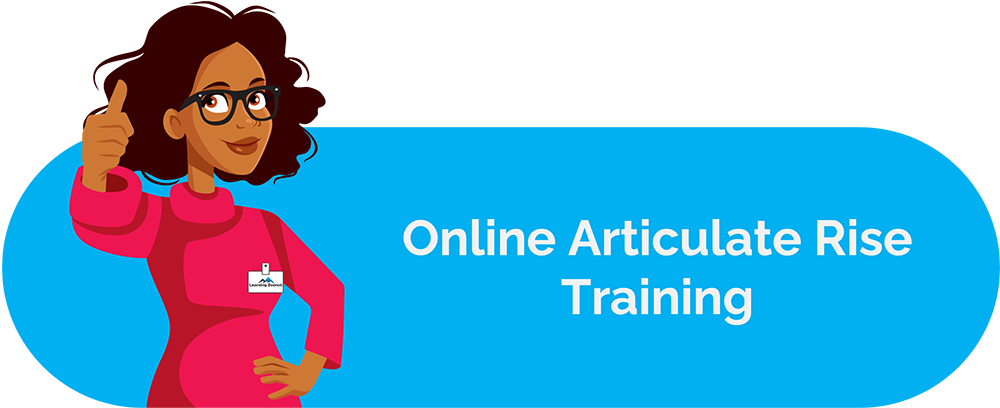Cognitive learning is an approach that emphasizes the internal mental processes that take place while learning. These internal mental processes are called “cognitive processes” and include activities like attention, sensation, perception, and memory. In this approach, the learner is an active participant in their learning journey and comes in with a unique set of knowledge, skills, experiences, and mental patterns.
Table of Contents
- 1. Encourage Knowledge Generation
- 2. Interactivity
- 3. Cognitive Load Management
- 4. Problem-Based Learning
- 5. Spaced Repetition
- Infographics
- Frequently Asked Questions (FAQs)
- What is an example of cognitive learning?
- Why is cognitive learning important?
- Can e-learning be used to develop cognitive skills?
- What are cognitive processes?
- References
Effectively engaging learners at the cognitive level significantly improves learning outcomes, when compared to delivery only via the passive intake of information. An in-depth look at the theoretical basis of cognitive learning can be found here.
In this article, we will look at 5 strategies and tools to incorporate cognitive learning in corporate training programs.
1. Encourage Knowledge Generation
Knowledge generation is a process in which a learner draws connections between new and existing information. Many cognitive theorists have spoken about knowledge generation or similar concepts but under different names and labels.
The most notable example of knowledge generation is Piaget’s concept of schemas, assimilation, and accommodation. In this framework of cognitive learning, schemas are people’s structured mental representations of themselves and the world around them. However, acquiring new information disrupts this structure, prompting the learner to incorporate it into their existing mental framework. If this information can fit into an already existing schema, the process of incorporation is called assimilation. On the other hand, if the new information needs a separate schema altogether, the process is called accommodation. This is mostly a subjective process, but the subjectivity makes the knowledge meaningful.
Some practical ways to facilitate knowledge generation in corporate training are:
- Building new information on past programs, trainings, and lessons
- Beginning sessions or modules with questions, riddles, and problem scenarios that require solutions
- Introducing activities that require learners to organize information meaningfully such as presentations, group or forum discussions, essays, drag and drop puzzles, summary writing, etc.
- Getting learners to review past information at regular intervals
2. Interactivity
Interactivity refers to elements that impart information by engaging learners with the interface of the course. Engaging in such a way garners the learner’s attention, causing active participation in the learning process. For shorter sessions, it is a quick way to generate involvement, and for longer sessions, it’s an effective tool for chunking information and avoiding monotony.
In a corporate training program, interactive elements can facilitate many cognitive learning processes. Most interaction is multimodal, i.e., it involves more than one sense. It could be a combination of visual and audio stimuli, visual and tactile stimuli, audio and tactile stimuli, or all three together. This has three benefits:
- It allows the course to cater to diverse learning styles
- Countless investigations have proven learning is more effective when different sense modalities are combined thoughtfully
- Information processed through different channels is retained for longer
To reference one of the many studies in favor of interactive e-learning, interactivity has been found to enable “flow”, a cognitive state of full immersion and focus on an activity (Rodríguez-Ardura & Meseguer-Artola, 2016).
If you would like to make your courses more interactive, you could try the following:
- Reserve some information for pop-up buttons such as a “learn more” or “did you know?” icon
- Divide information to present it in branched sections
- Use animations, pictures, videos, and stories
- Add a voiceover or narration to asynchronous learning
- Introduce game-based elements, i.e., gamification through avatars, scoreboards, currencies, badges, and more
3. Cognitive Load Management
An important concept in cognitive learning is the cognitive load theory. Cognitive load is a term for the extent of working memory resources a task requires. The working memory is where the brain stores important information for a short period of time before it gets forgotten or pushed to the long-term memory.
At a time, the working memory can only deal with 7 (± 2) pieces of information, also known as the Miller’s Law. When the information a learner receives exceeds this limit, they cannot transfer all of it into their long-term memory, rendering the learning ineffective. Thus, efficient e-learning presents information in manageable chunks.
To ensure your e-learning modules are easy and clear to follow, you can use the following strategies:
- Switch to microlearning. Microlearning is a modern corporate training staple that provides an effective solution to cognitive overload. Its basic principle is to break down courses into short and precise sessions that tackle one topic at a time.
- Use mnemonics for lengthy information
- Develop a blended learning program for training that cannot be delivered fully online
- Present complex information visually (tables, graphs, icons, flowcharts), as visual perception is faster, eliminating the need for a lengthy explanation
4. Problem-Based Learning
The emphasis cognitive learning places on subjective mental frameworks has given way to a technique called problem-based learning (PBL).
This learning tool engages multiple cognitive processes at once. However, it also stimulates the learner to participate as an individual, thereby activating their unique perspective on the subject.
In a typical discovery problem-based learning scenario, the trainees are given an open-ended problem to solve on their own. However, unlike traditional programs, the problem is presented before the relevant lesson, chapter, or module along with resources for the learners to explore on their own.
The goal is to stimulate learners to think of what they already know on the subject, improvise, and incorporate the new resources creatively. They are free to apply knowledge and skills from other areas to the situation at hand. This activates all sorts of cognitive processes, from memory recall to problem-solving, generalization, and decision making.
After completing the activity, the learners receive more structured training to consolidate their learnings.
So far PBL has been applied in sales training, customer service training, communications training, and other profiles that require quick and flexible thinking. Its dynamism makes it a perfect blend of cognitive learning processes.
One way to integrate PBL into corporate training is through Concept Maps (Lime, et. al., 2001):
- To do so, the instructional designer represents the main problem and its sub-parts on a concept map.
- This map has additional resources attached to it, generally as hyperlinks to previous courses, new readings, videos, tutorials, etc.
- Providing learners with an environment to explore the content on their own helps them integrate it into a meaningful framework that works for them.
- Additionally, learners can generalize learning acquired this way to other areas of work.
5. Spaced Repetition
Training programs are incomplete without a revision system, whether it is spaced repetition or a different method. However, the former is one of the oldest tricks in the book of cognitive learning, standing the test of time. Thus, it warrants mentioning.
Learners need continuous recall and reinforcement of new information
Spaced repetition is based on the Ebbinghaus forgetting curve, according to which, learners forget 90% of new information within a week. Out of this, 70% gets forgotten in the first 24 hours.
To combat this, Ebbinghaus proposed the spaced repetition technique. This technique improves retention by spacing revisions along fixed intervals.
- The first revision takes place on the same day they acquire new knowledge
- The second revision takes place after 24 hours
- The third revision takes place after a week
- And the fourth revision takes place 31 days after the information was first learned, or, 21 days after the third revision
After these 4 checkpoints, revision can be spaced out further, but the likelihood of forgetting becomes minimal at this stage.
In an e-learning course, revision techniques are few and far between. The only detail to be mindful of are the fixed schedules. Some revision strategies are:
- Quizzes
- Fill in the blank exercises
- Video summaries
- Group discussions
- Interactive pop-ups and menus
- Flowcharts
- Infographics
Infographics
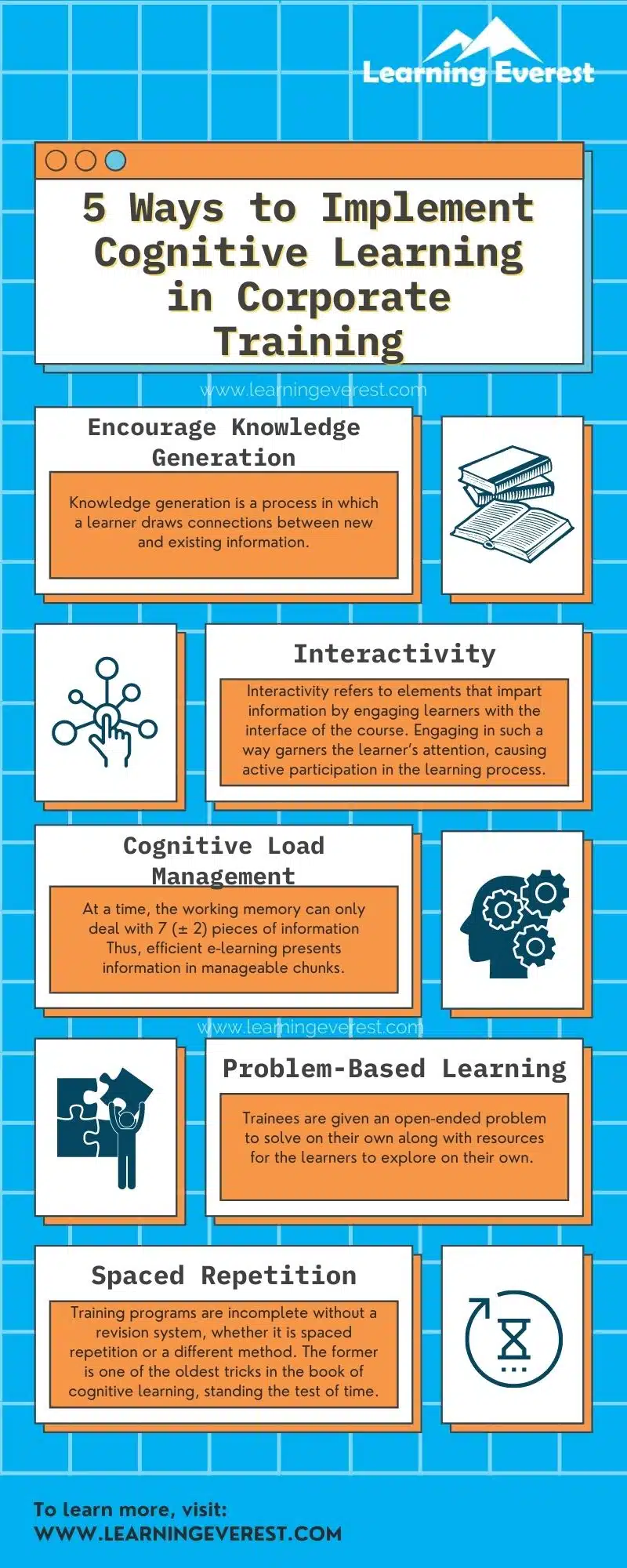
Cognitive Learning
Frequently Asked Questions (FAQs)
What is an example of cognitive learning?
Spaced repetition, a structured revision technique by Hermann Ebbinghaus is an example of cognitive learning.
Why is cognitive learning important?
In cognitive learning, the learner is an active participant in their learning journey and comes in with a unique set of knowledge, skills, experiences, and mental patterns. Effectively engaging learners at the cognitive level significantly improves learning outcomes, when compared to delivery only via the passive intake of information.
Can e-learning be used to develop cognitive skills?
Yes, e-learning can be used to develop cognitive skills when designed purposefully using cognitive learning strategies like knowledge generation, interactivity, cognitive load management, problem-based learning, and spaced repetition.
What are cognitive processes?
Cognitive processes are internal mental processes and include activities like attention, sensation, perception, and memory.
References
Lim, Cher Ping & Tan, Seng Chee & Jeffrey, Klimas. (2001). A Problem-Based Approach to Web-Based Corporate Learning. e-Journal of Instructional Science and Technology (e-Jist).
Yilmaz, Kaya. (2011). The Cognitive Perspective on Learning: Its Theoretical Underpinnings and Implications for Classroom Practices. The Clearing House. 84. 204-212. 10.1080/00098655.2011.568989.
Rodríguez-Ardura & Meseguer-Artola (2016). E-learning continuance: The impact of interactivity and the mediating role of imagery, presence and flow. Information & Management, 53 (4). 504 – 516.


